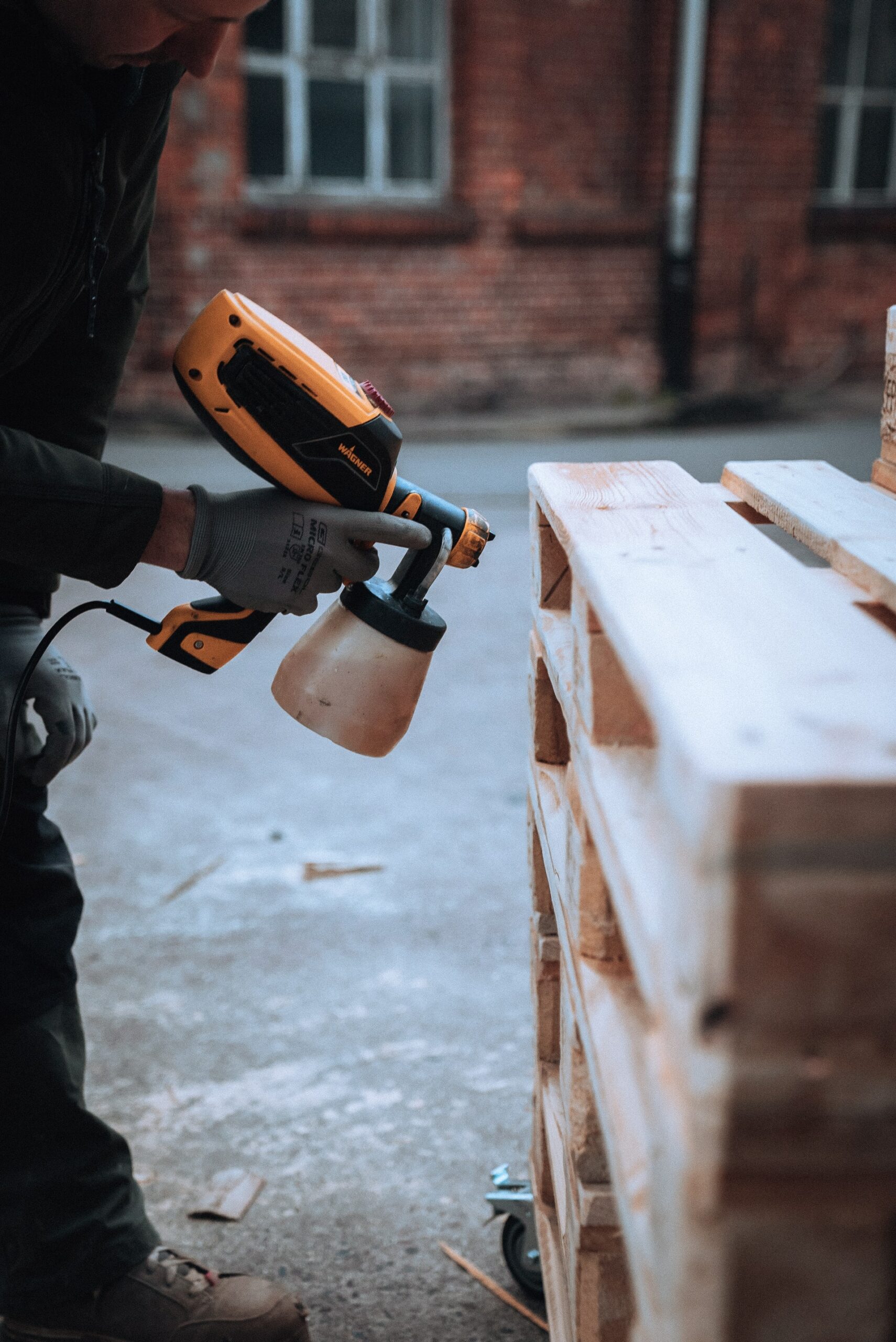
Sealer Vs Primer Vs Undercoat – When To Use Them
The main difference between an undercoat, sealer, and primer is that primers are applied to new surfaces, while sealers are applied before a primer or as a substitute for a primer. An undercoat is typically used on a surface that was previously painted.
The Terms Primer, Undercoat, And Sealer
The terms undercoat, primer, and sealer are mainly used for painting processes. An undercoat or primer is selected according to the surface that you plan to paint, while sealers are usually used as substitutes.
What Is A Sealer?
When applied, a sealer is usually (but not always) the first paint coat applied to the substrate. But why are they not called Primers, and how does a sealer differ from a Primer?
The difference comes about because a “sealer” implies a need to “seal” or to apply a “barrier” between the finish and the substrate, especially when the surface or substrate will cause the finish to have an unsightly or undesirable effect. For instance, “Pigment Sealers” are turps thinned alkali-resistant sealers formulated originally to use on cementitious surfaces and plasterwork to block alkali present in these substrates to ensure the enamel finish does not break down by lime present in these substrates.
Sealers are also applied to form a barrier between an incompatible finishing coat, especially when it comes to overcoating a previous finish. This is why “varnish sealers” act as barriers to the bituminous compounds that are present in the oleoresins old-style varnish stains that were used widely on timber surfaces (especially timber floors), until the 1950s.
What Is A Primer?
Primers are the first coats that are directly applied to bare substrates. The term “primer” is derived from a Latin word known as “prim”, which means “first”. When you apply a wood primer before painting the surface it makes sure the surface has dramatically improved adhesion ability, while also acting as an “anchor” to support the paint. In most cases, a good-quality primer can bond, hide, and seal, forming a firm and reliable foundation for a topcoat.
Primers usually include different types of binders that form a part of the ingredient list. These binders are what provide adhesion. More importantly, the primer you plan to use must contain binders that match up to the substrate. These substances should also stop moisture from seeping into the substrate. This will also stop the paint coats that follow from seeping into the surface of the substrate. Primers can also help to stop a stain from coming through the topcoat which could ruin the finished surface.
What is an Undercoat?
The main purpose of undercoats involves obliterating the substrate, which ensures that any overcoating finishes produce an even and smooth coloured result once painted. Products that have combined names will fulfill the requirements to complete the tasks mentioned above.
For example, an Undercoat is designed to offer a protective barrier for any undesirable compounds present in a substrate, as well as to protect the porosity present in the substrate. These products also obliterate substrates so that any finishing coats will provide an even sheen and opaque finish.
The Difference Between An Undercoat, Primer, And Sealer
The terms undercoat, sealer, and primer are commonly used when painting surfaces. The main difference between an undercoat, sealer, and primer is that primers are applied to a new surface, while sealers are used as either the substitute to a primer or they are applied before the primer. An undercoat is typically used on a surface that has already been painted.
Conclusion: Undercoat Vs Primer Sealer
When painting surfaces, it is important to select the ideal undercoat, sealer, and primer. The main difference between an undercoat, primer, and sealer is that primers are applied to new surfaces, while sealers are used in place of a primer or applied before the primer, while undercoats are used on a surface that has already been painted.
Is It Necessary To Prime Before Painting?
Most people that want to complete a painting project quickly, will miss out on the primer and go directly to the coats of colour. This is a shortcut that usually backfires since it will usually take even more colour coats to achieve complete coverage. Since primer is usually cheaper when compared to paint, this can result in a waste of money and time to miss this step.
Primer is formulated specially to seal a porous surface and it also bonds to “raw wood”. Timber will quickly soak up paint, and if the paint is of high-quality, you want your money spent to be on the wooden surface, and not inside it. For optimal results, apply a primer and allow it to dry.
Primer usually dries quickly, allowing you to apply your topcoat soon after. The best primers save money, effort, and time. Consider tinting the primer to the paint colour so your paint covers better.
What Is A Paint Sealer?
Related closely to primers, these sealers are designed to turn a porous surface into non-porous. These products also serve well to cover mildew and knots and to stop them from shining through a finishing coat.
These sealers are usually oil-based or contain epoxies and reactive resins. These products generally clean up using a strong petroleum solvent.

